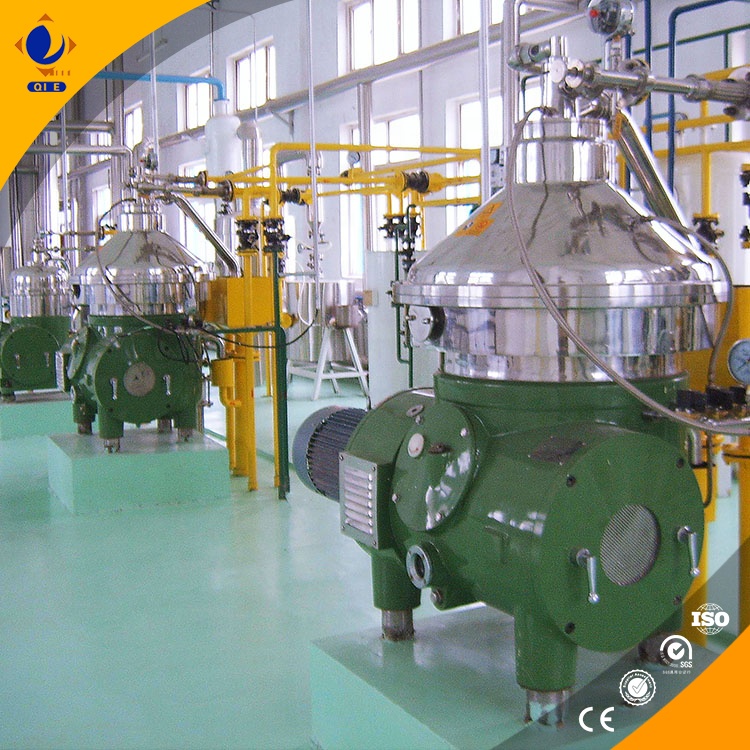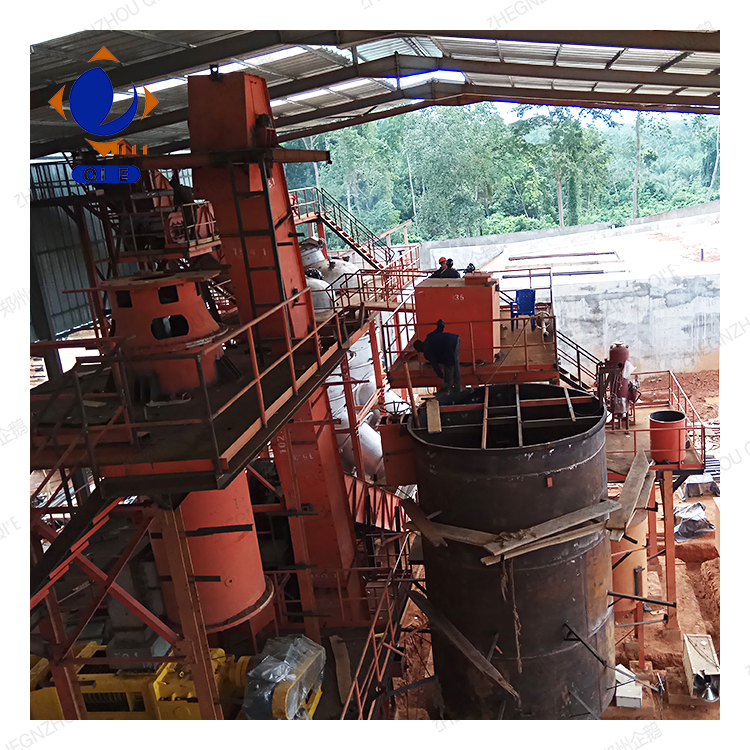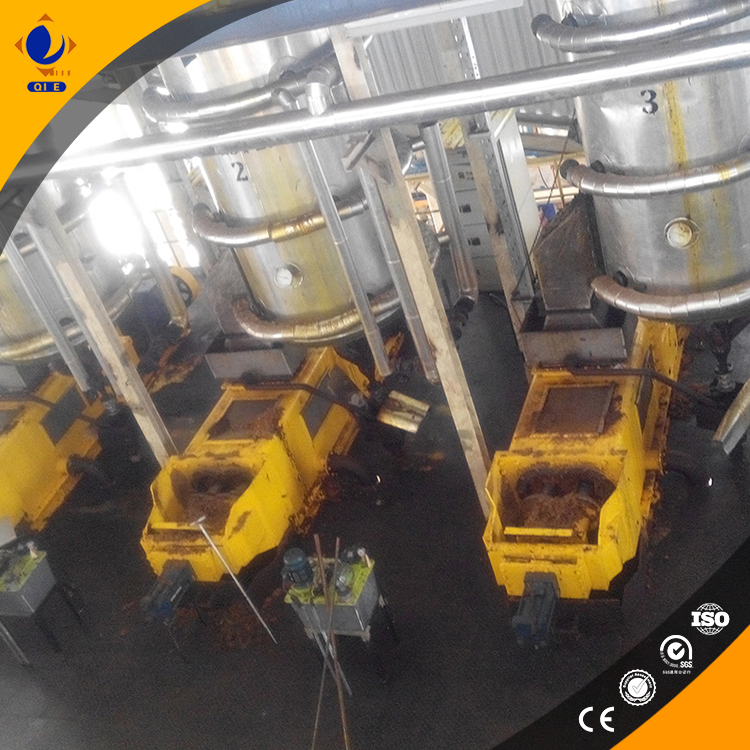
Modern palm oil refining presents challenges and opportunities for small and medium enterprises (SMEs) aiming to reduce operational costs through energy savings. By optimizing core components, integrating PLC intelligent control systems, and leveraging heat recovery technologies, these refining lines can achieve energy consumption reductions averaging 28%, while maintaining consistent product quality across diverse climatic zones and raw material variations.
The motor selection and load matching critically influence the overall energy profile of refining equipment. Employing high-efficiency motors with variable frequency drive (VFD) adjustments ensures operation closely aligns with actual demand, eliminating energy wastage from overcapacity.
Another focal point is the pressure vessels' thermal efficiency. Utilizing advanced insulation materials and refining vessel geometry results in heat retention improvements, thus reducing thermal energy loss by up to 15%. Similarly, low power consumption pumps engineered for the specific hydraulic profiles reduce energy draw without compromising flow or pressure requirements.
Programmable Logic Controllers (PLC) enable precise regulation of critical parameters such as temperature, pressure, and flow rates. Automated feedback loops systematically adjust operating conditions to optimal setpoints, avoiding human error and inefficient fluctuations that cause excessive energy use.
For instance, in the degumming, bleaching, and deodorization stages, tight temperature control ensures minimal overheating, which can otherwise lead to unnecessary steam consumption. Based on case studies, refining lines equipped with PLCs reduced steam usage by approximately 22% in real-time operations.

Operational environments significantly impact energy profiles. Refining lines in tropical high-humidity zones face condensation challenges that increase steam demand. Conversely, temperate, dry climates experience heat loss rates up to 12% higher during processing.
Effective countermeasures include implementing humidity-resistant insulation and dynamic control algorithms that adapt to ambient conditions. Overseas clients reporting improved energy metrics often cite sensor-driven adjustments that align steam injection and exhaust timing precisely with real-time environmental feedback.
Verified data from multiple international users confirm that integrating these technologies yields consistent energy savings. One client in Malaysia documented a 30% reduction in overall energy costs within six months of deployment, without sacrificing throughput or oil quality.
| Metric | Before Optimization | After Optimization | Improvement (%) |
|---|---|---|---|
| Energy Consumption (kWh/ton) | 150 | 108 | 28% |
| Steam Consumption (kg/ton) | 280 | 220 | 22% |

Sustainable energy savings demand consistent on-site practices. Recommended daily checks include monitoring motor loads, tightness of insulation, and verifying sensor calibrations to maintain PLC accuracy. Parameter setting should prioritize minimal viable temperature thresholds that do not compromise refining effectiveness.
Furthermore, implementing continuous energy consumption monitoring through digital dashboards enables early detection of anomalies. This proactive approach prevents unforeseen energy spikes and ensures "every kilowatt-hour creates value" rather than waste.
A crucial insight from proven operations is the necessity of a robust after-sales support and maintenance framework. Energy efficiency gains can be quickly lost without ongoing calibration, software updates, and operator training. The notion that energy-saving equipment is “just an upfront cost” often leads to disappointing results.
Instead, consistent partnership and technical services ensure the refining line remains “stable and prudent,” not just “expensive.” This mindset anchors energy strategy into daily corporate culture and processes.

Discover How to Maximize Your Palm Oil Refinery Efficiency Today

